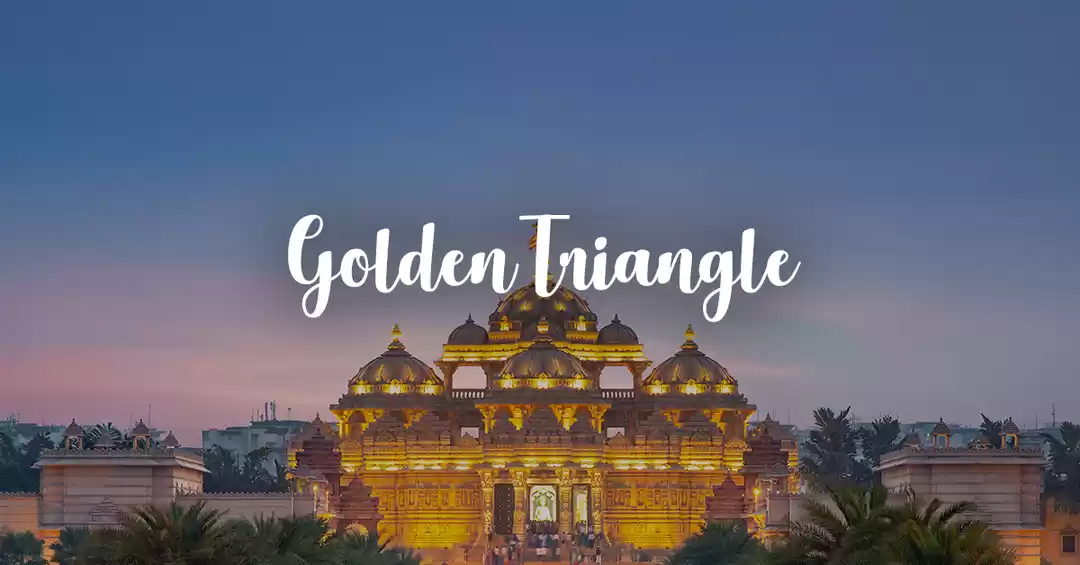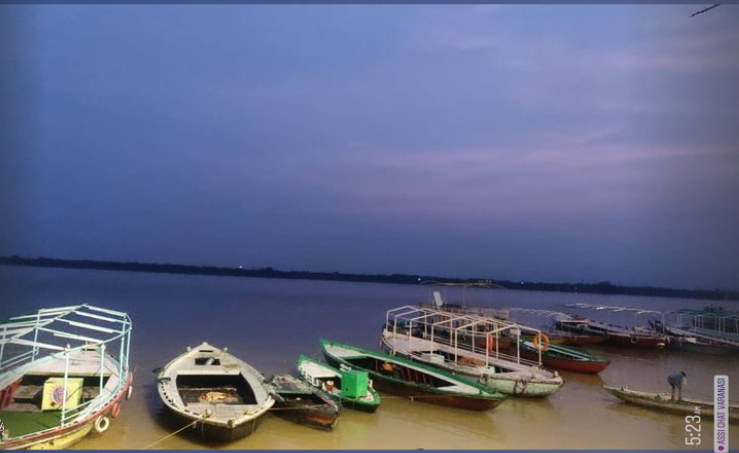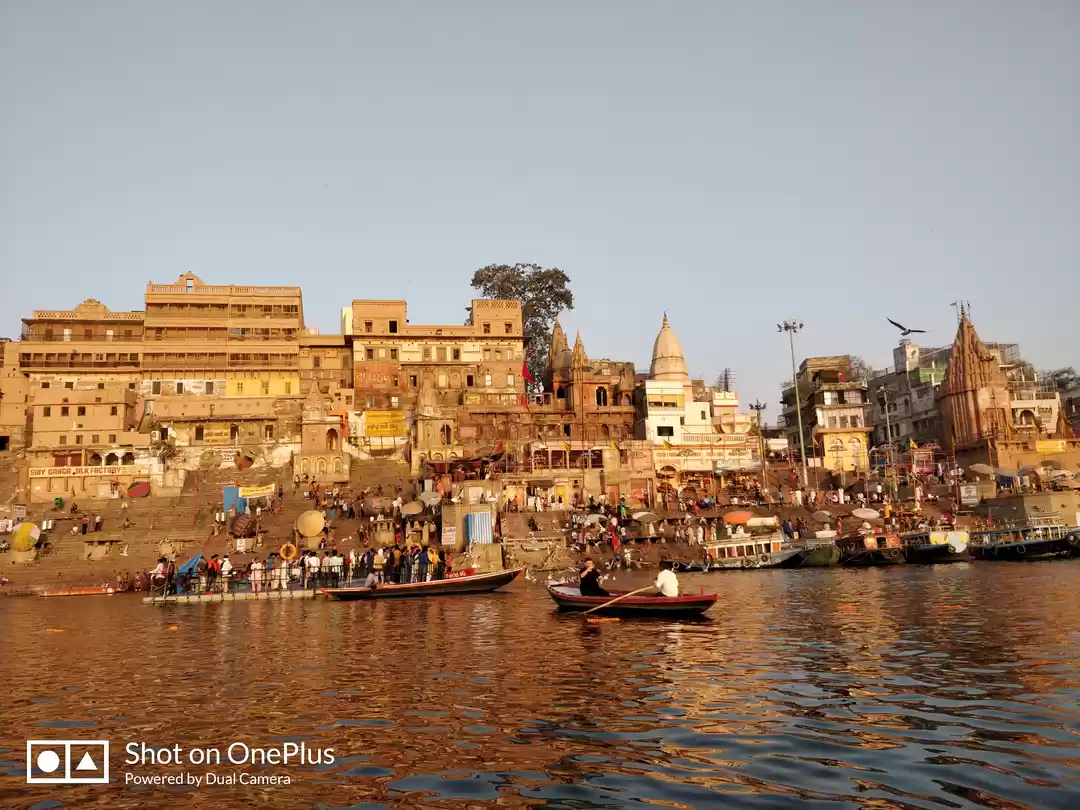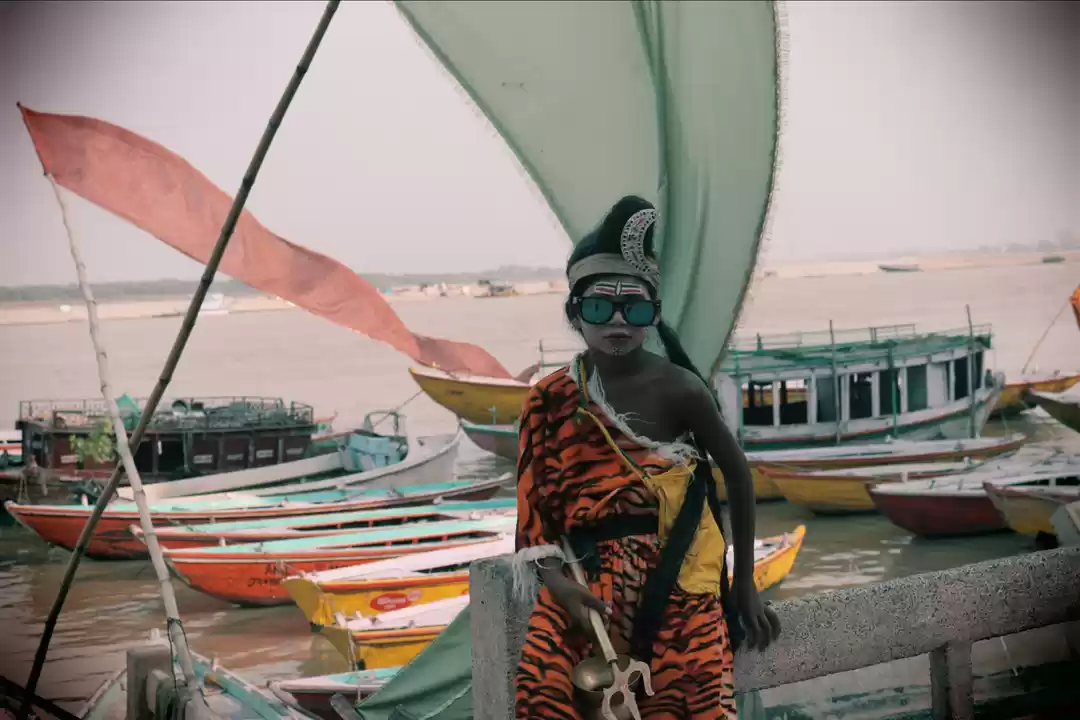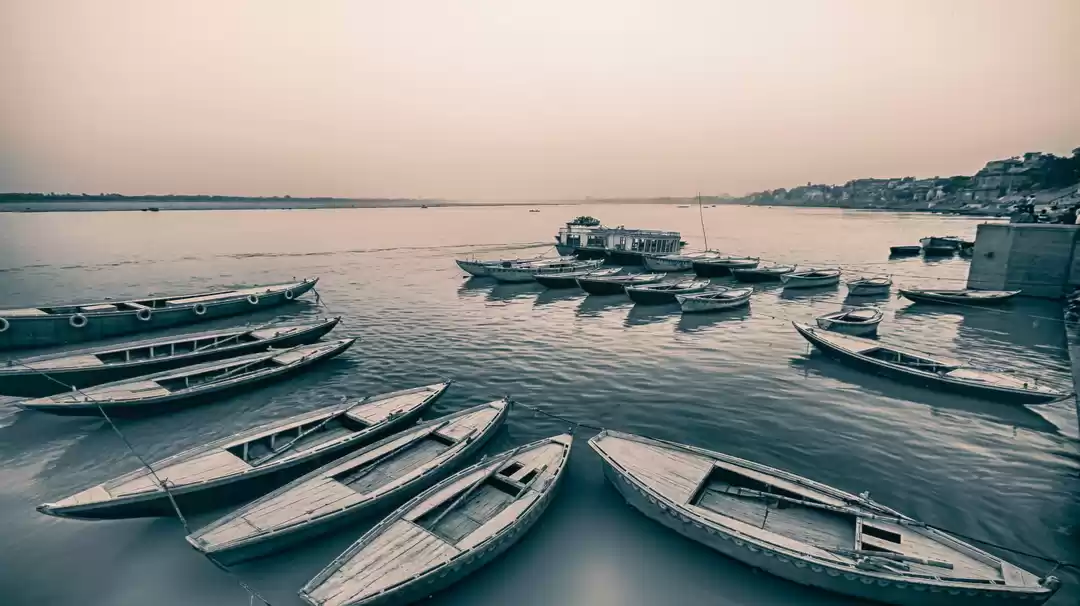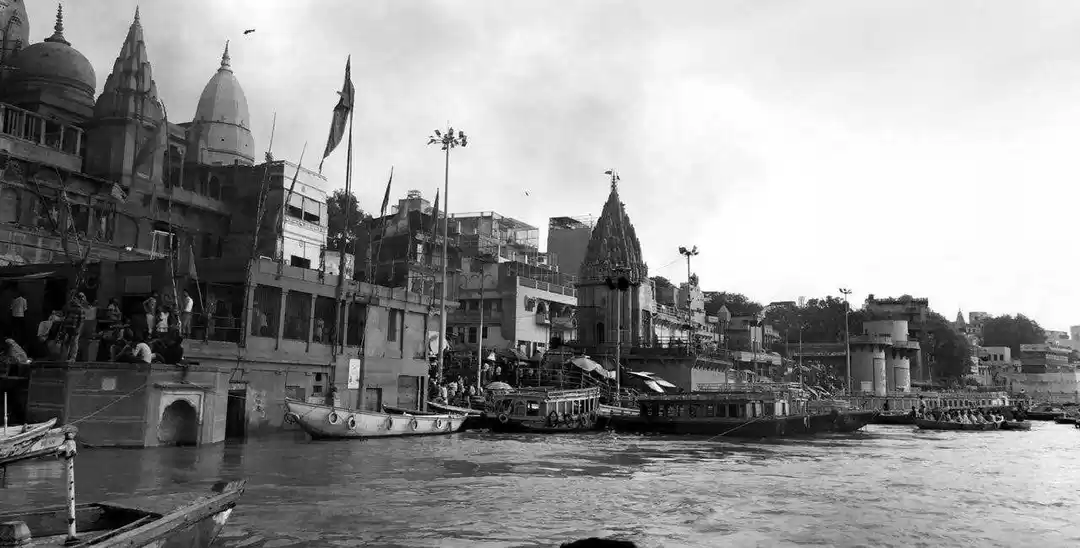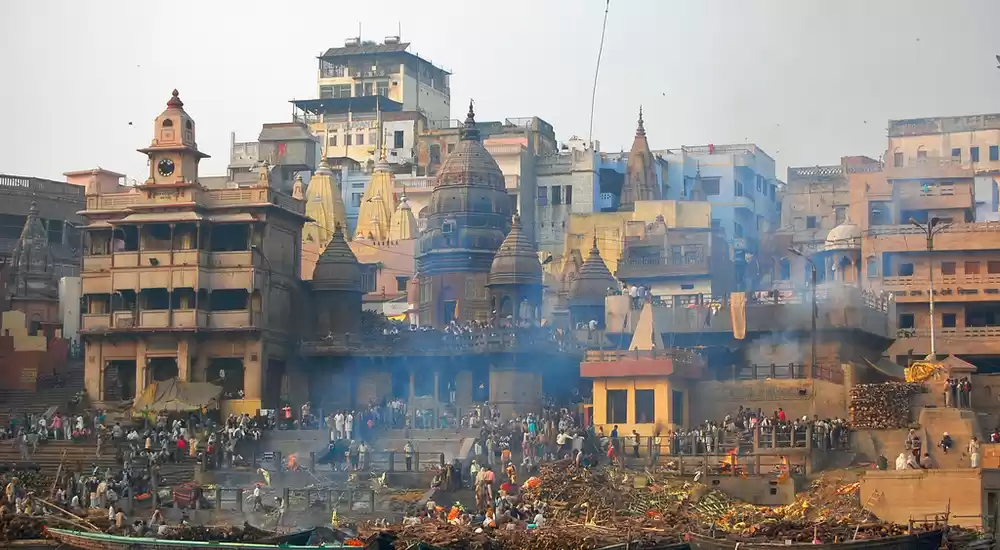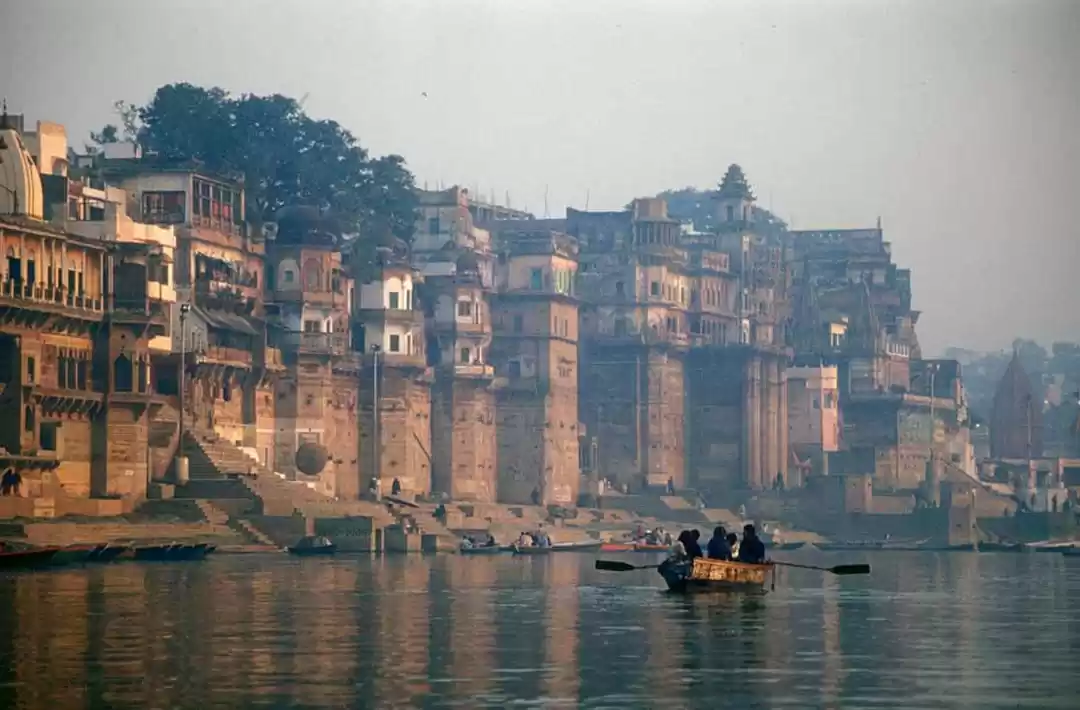
Banaras had been on my wishlist for almost five years now. The desire to visit this city increased upon watching Masaan. During a session in college, one of my professors talked about spending a few hours in Banaras, and how it changes the way you view life and death. Sarthak (a friend from college) and I finally got to visit Banaras two years after that session in early 2015.
The Ghats of Banaras:
It was about two in the afternoon that we finally went to visit the Ghats (For those who are not familiar with the term, Ghat is the Hindi word for river banks). Banaras has 88 Ghats, most of which are in a straight line from Assi Ghat to Dasashwamegh Ghat. Three Ghats on this side of the river (Banaras), and one on the other side of the river (Ramnagar) are cremation ghats.
The other Ghats are used for various other purposes such as prayers, bathing, and for other ceremonies. The Ghats are named after the people who own them, or on some famous people associated with the city in some manner. The two major ghats that allow cremation are the Harish Chandra Ghat and the Manikarnika Ghat. In Hinduism, a death in Banaras is said to be a direct road to heaven.
Harishchandra Ghat: For Those Who Die a Sudden Death
The Harishchandra Ghat has been named after the mythological Indian king, Raja Harishchandra (fun fact: the first ever Bollywood movie was made on this King's life). A popular king in Indian folklore, Raja Harishchandra was a king who gave away his kingdom to a sage, and found a job on the ghats, lighting dead bodies. A man of honor, he didn't allow his wife to cremate his own son because his family didn't have the money. The Harishchandra Ghat is believed to be the place where this legendary Indian King worked.
This Ghat is especially for those who die an unnatural death (road accidents, falls, etc.)
Manikarnika Ghat: Where The Fire Has Been Burning For Over a Thousand Years
While we were on a boat overlooking the ghats, my friend Nitin (a resident of Banaras) told me about how the fire at the Manikarnika Ghat has been burning for over a millennium. The legend goes that this is where Lord Shiva was asked by Parvati to search for her earrings (Mani Karnika means the jewel that adorns the ears). It is said that after a body is cremated here, Shiva asks the souls if they have seen the earrings. This is one of the oldest cremation Ghats in the country. The name of this Ghat is also a tribute to the Laxmi Bai, the Queen of Jhansi a famous Indian freedom fighter, who was born in Banaras and was named 'Manikarnika' at birth.
At the Ghat is also 'Mukti Bhawan' where the nearly-dead come to die. They are given a period of 48 hours or they need to check out. A documentary was recently released about this place.
The social structure at Manikarnika is what awes me. In death too, the Indian society is rigid about the social order. Those of a higher caste get a better place, as well as a priority in their cremation. For Brahmin deaths, there is a different section on a raised portion of the Ghat. For every other caste, it's a common ground. Cremations in Banaras are a costly affair.

I was told that the cost of just lighting the fire takes about 2000 rupees. This is just the cost of the fire. A normal pyre needs about 300kg of wood, which is also sold at the Ghats. The costs associated with the priests, the Doms (who take the body to the water), as well as various other costs associated with ceremonies and ingredients offered to the gods.
That Moment of Enlightenment:
As I said earlier, I was told that a visit to Banaras could change your perspective of life. I was told about moments which would make me realize how nothing is permanent and how 'ash to ash, dust to dust' feels like. While on the boat, I was talking to a friend of Nitin's about how I had been planning to visit Banaras for a long time. His response was what stayed with me for a long time. Looking at the burning bodies on the banks, he said, eventually, we all come to Banaras.
However, as I stood on the Ghats of Banaras on a hot March afternoon as the ashes of the departed flew across my face, I thought of the fire that has been burning for over a millennia, I thought of the king who stood with truth, I thought of Buddha, the enlightened one who delivered his first sermon nearby. I finally had my moment of enlightenment that I was looking for before I came here. Death too, is a business in Banaras.
This Blog on Banaras Travel was first published on www.IcantStayInOnePlace.com!






